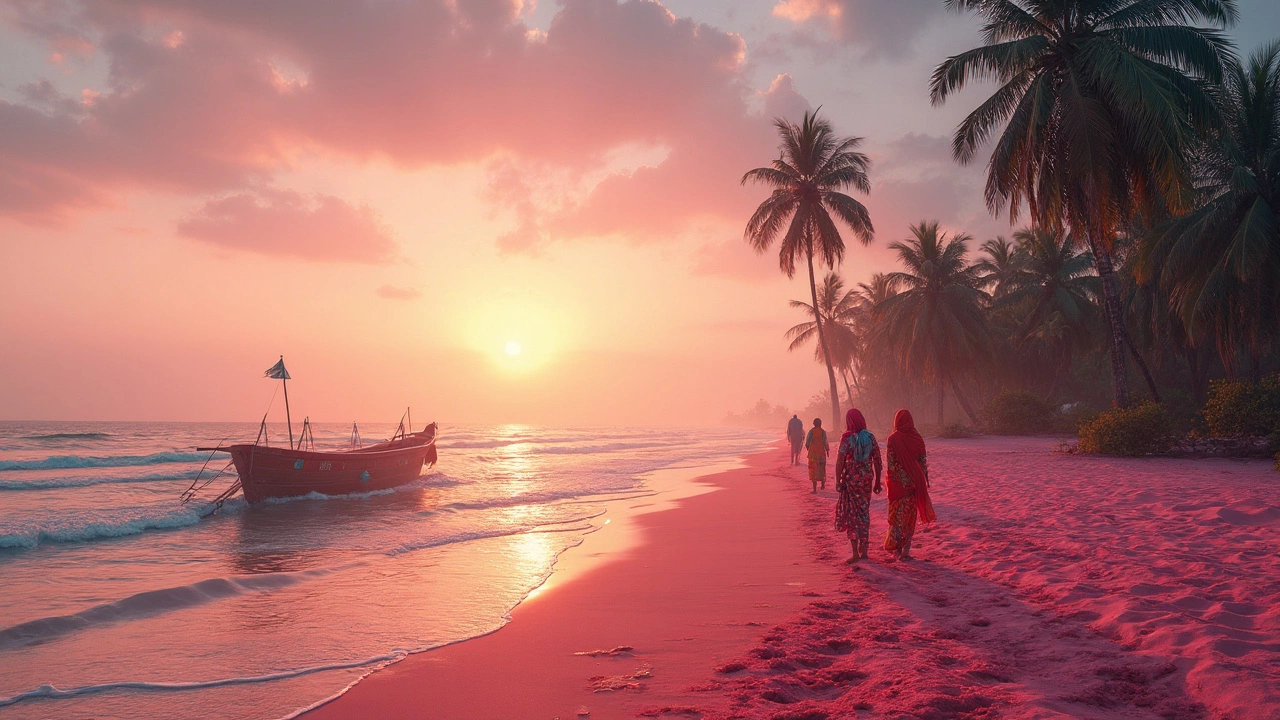India Beaches: Best Coastal Destinations and What to Know Before You Go
When you think of India beaches, coastal stretches along the Arabian Sea and Bay of Bengal that range from bustling party hubs to untouched tropical islands. Also known as Indian coastlines, they’re not just about sunbathing—they’re where culture, cuisine, and adventure meet the tide. From the neon-lit boardwalks of Goa to the quiet mangrove-lined shores of Odisha, India’s coastline isn’t one thing. It’s a dozen different experiences, each shaped by local life, waves, and history.
Want to surf? Head to Goa beaches, famous for their lively vibe, surf schools, and sunset shacks. Also known as Goan coast, they draw travelers who want music, seafood, and sand all in one place. But if silence is what you’re after, the Andaman beaches, crystal-clear waters and coral reefs untouched by crowds. Also known as Andaman Islands, they’re where you can walk for miles without seeing another person. Then there’s South India beaches, like Kovalam and Gokarna, where Ayurvedic spas sit beside fishing villages and temple bells blend with ocean sounds. Also known as Kerala and Karnataka coasts, they offer a slower rhythm, perfect for travelers who want more than just a tan. These aren’t just places to dip your toes—they’re living landscapes shaped by monsoons, local traditions, and decades of tourism growth.
What most visitors don’t realize is that not all Indian beaches are safe for swimming. Some have strong undercurrents, others are littered with plastic after monsoon season. You need to know where to go, when to go, and what to pack. The posts below cover exactly that: which beaches are best for families, which ones have real privacy, where you can find vegan food right on the sand, and why Uber doesn’t work in some spots—even if you’re paying double. You’ll find real tips from people who’ve been there, not just glossy brochures. Whether you’re planning a solo escape or a group trip, what’s here will help you skip the mistakes and find the magic.
